In the summer of 2014 the University of Notre Dame walked away from its 17-year relationship with Adidas at a time when–especially domestically in the United States–the German outfitter was at one of its lowest points in company history. In the preceding months as news broke that the Fighting Irish would be moving on to a new apparel provider the message was nearly unanimous:
Anyone but Adidas.
It’s been a long two and a half years later and the fortunes for Adidas are a lot different at the present moment. Over the holiday’s Adidas’ latest advertising spot “Calling all Creators” was a clever way of showcasing the companies turn around to become cool again.
A couple of funny things from the commercial. One, that Lionel Messi–the unquestioned most famous athlete in Adidas’ repertoire making nearly $100 million per year–doesn’t speak a single word* and two, the ad doesn’t feature Kanye West. As Notre Dame was moving on from Adidas in the fall of 2014 the mercurial West was in the final planning stages of his “Yeezy” sneakers which have been a huge driver in making Adidas grow in popularity in recent years.
*I’m pretty sure most of these people (or no one?) were in the same room together shooting this commercial and Messi also doesn’t speak English all that well so it could’ve been awkward if he did say something.
When Notre Dame signed with Under Armour officially on July 1, 2014 the Baltimore-based company was seemingly on a completely different trajectory than Adidas. The latter company historically on solid footing in the international market was was sagging incredibly in North America. In comparison, Under Armour was still a minnow internationally but quickly gobbling up market share, literally by the month, within the United States.
Notre Dame’s deal with Under Armour also reportedly included stock options which at the time looked like a genius move for the school–in addition to setting the new bar for the richest apparel deal in college sports. A couple of years later, and Notre Dame has fallen to the 6th largest contract on an annual basis behind Wisconsin (Under Armour), Michigan (Nike), Texas (Nike), Ohio State (Nike), and UCLA’s recent and ridiculous 12-year, $280 million deal with Under Armour.
For a period of several years UA was posting incredible growth and seemed poised for a major takeover–and as seen above they have definitely been acting like it when signing new college apparel deals. When they passed Adidas in the American apparel market in January 2015 it was one of those shots heard ’round the world in the business community.
That U.S. advantage lasted 21 months for Under Armour before Adidas re-took the No. 2 spot behind Nike.

The issue for Under Armour was their situation in the market as a still-small-ish company once their massive growth slowed down. UA is hovering around $4 billion in revenue for 2017 while Adidas is inching closer to $24 billion to Nike’s $35 billion.
Especially since 2014, Under Armour was rapidly expanding into new waters (women’s apparel, increased concentration on footwear, international markets, and especially fitness technology) and it seemed like an upward trend would never end.
However, UA’s operating margin has been falling for 3 years and despite continued rises in revenue their net income fell sharply in 2017. Several months ago, Under Armour announced its first quarterly loss and the stock has tanked all year long. For all intents and purposes the major growth is gone, perhaps forever. In the most simple terms, UA has a lot of money tied up all over the place ($23.3 million per year to UCLA!??) that even with normalized growth they still might be in trouble long-term. The financial firm Susquehanna is projecting Under Armour’s stock to fall an additional 28% over 2018 citing poor brand management and cheapening of the brand by opening up its products to the likes of Kohl’s and DSW.
***
Something I find interesting is what makes something cool in the apparel business or how cool is manufactured in this country. It’s tough to argue otherwise that in the United States the industry is defined–or perhaps heavily led–by black urban culture. To quote Sin LaSalle from the 2005 movie “Be Cool” who said:
“You know we’ve influenced nearly every facet of white America… from our music to our style of dress. Not to mention your basic imitation of our sense of cool, walk, talk, dress, mannerisms. We enrich your very existence.”
Take a look at some of Under Armour’s most high-profile endorsements for athletes, including Tom Brady, Bryce Harper, Clayton Kershaw, Buster Posey, Jordan Spieth, Lindsey Vonn, Michael Phelps, and Andy Murray. This collection of people feels like they’d be better served promoting life insurance than setting trends in the apparel business. It’s extremely White People, as is pivoting to Kohl’s it’s just not cool whichever way you slice it.
Got new Under Armour hoodies for Christmas.
Deep down, I believe this is why Under Armour felt very comfortable for the University of Notre Dame and most of its fan base, an overwhelmingly white, middle to upper-middle class fan base. The UA brand was expanding into suburbs, its hoodies latching on to 20-somethings, women, and hunters all across the country. It was a lot like witnessing white culture becoming cool in the apparel business, and it definitely felt different.
This isn’t to exclude Under Armour’s athletes of color including Julio Jones, Cam Newton, Patrick Peterson, and Steph Curry, plus the bi-racial Dwayne Johnson and Aaron Judge. That’s an impressive list but it’s fairly limited in scope–not helping matters is tennis star Sloane Stephens recently switching to Nike. Particularly in the sport of basketball–the one American sport that has defined cool in America more than any other–the second most high-profile Under Armour athlete behind Curry is either Patty Mills or rookie Dennis Smith, Jr.
Beginning with the 2019 season Under Armour will become the official apparel partner for Major League Baseball which sounds good but isn’t likely helping any coolness factor. Participation in youth baseball has been on a slow downward trend and the percent of African-Americans in the game is as low as its been since the mid 1950’s.
You may be asking if any of this really matters to you and the answer is likely not. For college fans the apparel provider almost exclusively comes down to 2 things: sticking to tradition with uniforms and prices. Tangentially, fit, style, and how the apparel provider affects recruiting matter but on a secondary level.
Outside of the college bubble–and most related to recruiting–is the power and sway sneakers hold over the fashion in sports apparel. It’s here where Adidas has been surging forward in a big way. Led by Ultraboosts, Primeknits, Tubular Shadows, in combination with a rise in the traditional Superstars, it’s the Adidas sneakers that are leading the charge in collaboration with their lifestyle clothing.
If it matters to Notre Dame–and it may very well not–they will have to monitor how well Under Armour recovers soon and changes their ability to be cool in the future. UA CEO Kevin Plank is well aware stating almost a year ago that, “we need to become more fashion.” Like most of the company their sneakers sales were growing quickly in recent years before coming to a grinding halt over the last 18 months.
Top 7 US Sneaker Market Share
Nike 34.7%
Adidas 13.0%
Jordan 12.1%
Skechers 6.3%
New Balance 3.7%
Converse 3.6%
Under Armour 2.4%
For Under Armour, as mentioned above, their basketball sneaker line is tied to Steph Curry who found major success with his Curry 1 and Curry 2 offerings but were followed up by a disappointing Curry 3 while the new Curry 4 is off to a similar slow start in sales. That’s a precarious place to be for an athlete who will be turning 30 in a couple months.
When Notre Dame signed with Under Armour I was skeptical for two reasons. One, being signed to a large contract and/or receiving “favored status” with UA was something that wouldn’t last. After 3 seasons, we’ve already seen UCLA blow Notre Dame’s money out of the water. Secondly, we have mounting evidence that Under Armour’s quest to be cool is going to be a much higher climb for a company that is already over 20 years old and still hasn’t made a significant dent in the footwear market.
The sports apparel business is a fickle and a lot can change over the next 6 years when Notre Dame’s contract is up, assuming no extension is signed. It was thought unbelievable not too long ago but maybe a return to Adidas isn’t that far fetched.

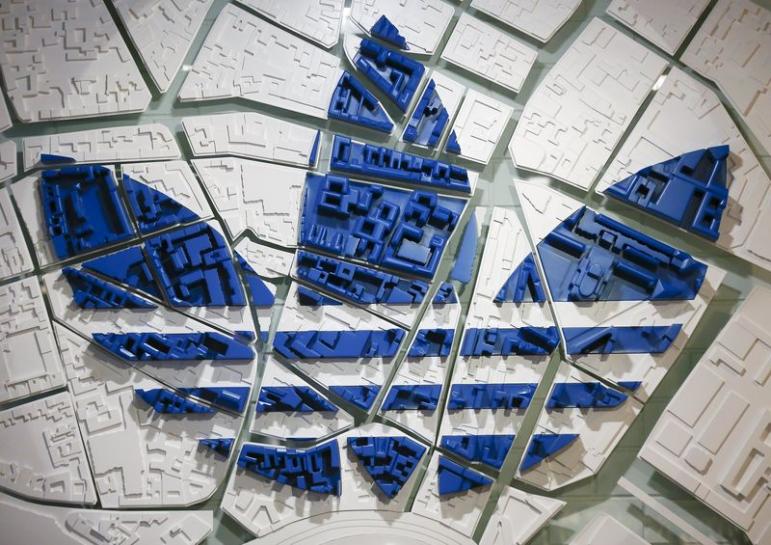

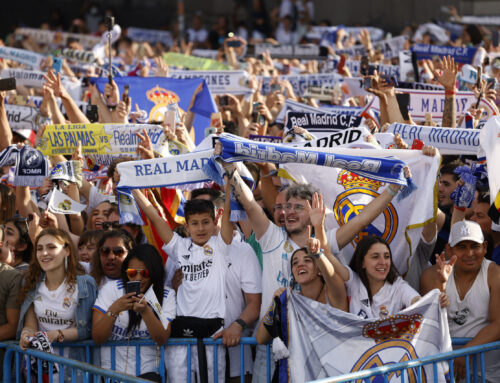
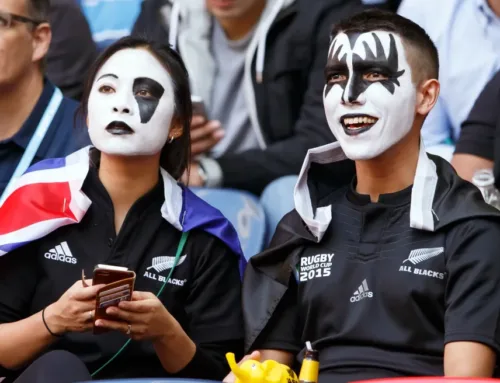
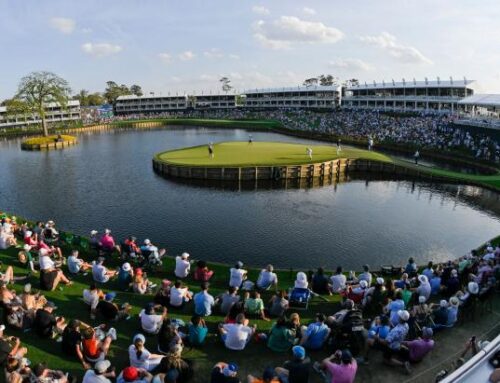
One of my buddies works for Jordan brand and he told me that Plank’s Trump comments seriously damaged UA, especially among the trendsetters (urban black culture, as you note). Additionally, UA has tons of work to do in the footwear department, and they’ll likely need non-sport celebrities to make any kind of dent.
It’ll probably be forgotten by the time of apparel renewal, but Adidas seems pretty icky after the basketball revelations this past summer. I would HATE for ND to go back to adidas, but I’m a very white dude who enjoys UA casual wear and Nike for base layers (Pro Combat is my s**t).
One would think with their Baltimore roots, UA would be able to get their grips on the DC-area basketball scene and become a real player among urban youth. But we have, what, 7 years left to see if that happens?
Footwear is such a tough market, which is why Skechers should get more praise because their rise has been absurd.
The financial analyst in my article stated UA is in danger of becoming Reebok, and less a challenger to Adidas or Nike. It’s so crazy it wasn’t that long ago Reebok had the Iverson brand and even Notre Dame for a couple years and now they’re a small money loser for Adidas.
There was also a (very) fleeting moment in the mid-90s where Fila had Jerry Stackhouse, and it looked like they might be a contender. I still remember seeing this ad and thinking it was awesome –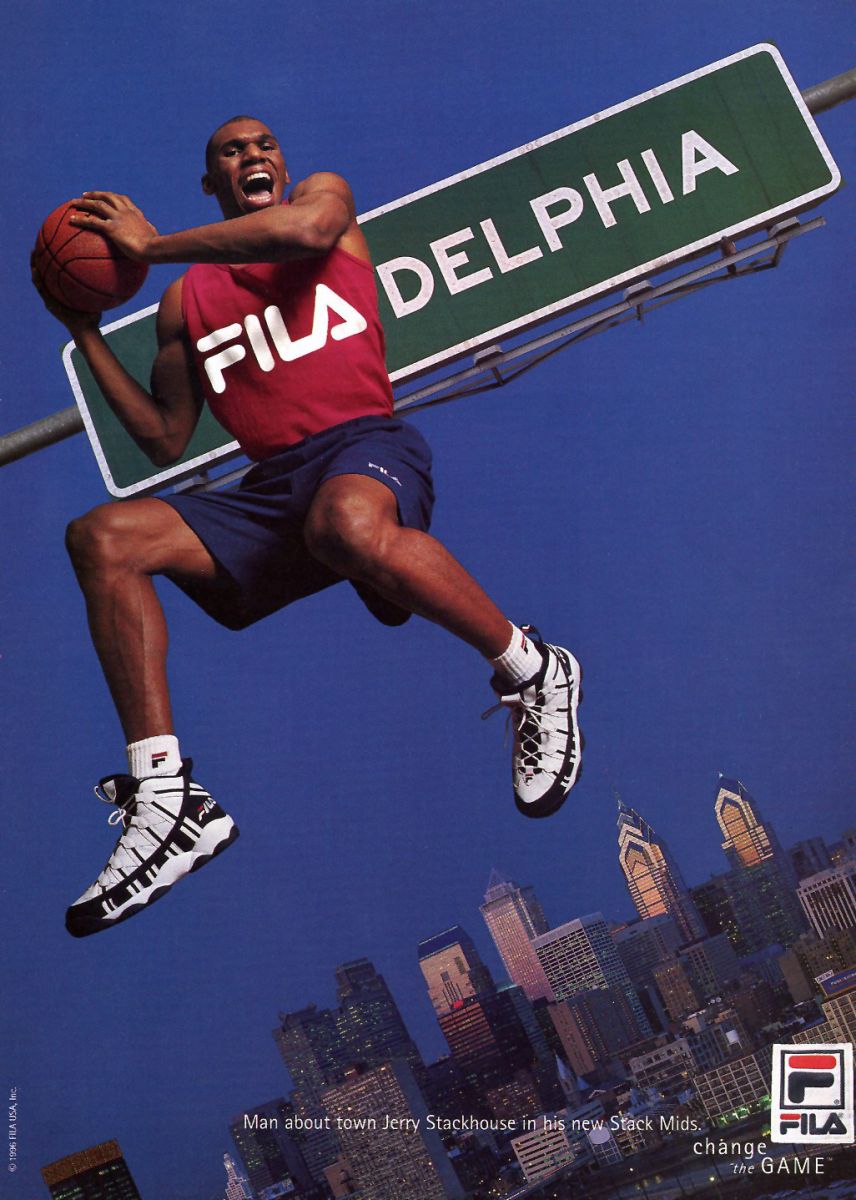
Oh yeah. Fila’s rise and fall was insane. Although they’ve always had a solid presence in tennis.
That adidas commercial sucks and I hate it. It’s not even on my lawn and I’m pre-emptively yelling at it to get off my lawn.
Guess you’re not a creator.
That director was a creator.
“OK, Aaron, I want you to sit in front of this green screen and pretend you are at a large table with lots of athletes sitting around it. Everyone nodding and agreeing with platitudes delivered with gravitas. Now, I want you to laugh after some guy you can’t even understand makes a joke at your expense – but you are such a cool dude and so confident in yourself that you will actually laugh like this thing you couldn’t even understand was mild(+) funny. No hard feelings, bruh.”
So what you’re saying is, it’s time for ND to come back home to Champion?
Isn’t Russell Athletic looking for a new marquis team?
!!!
This is so good.
The preferred brand of the ND fanbase
Is there a reason we’ve never gone with Nike?
I feel like its poor human-rights record was a thing discussed as a reason why we wouldn’t go with them last time. I have no idea if they had any interest, though, especially at the price UA paid at the time.
I would say to give them a second look if they’re interested this time, but frankly I don’t want to be with the same company as Michigan is. But I also don’t want to go back to Adidas. 6 years is a long time, though. Much can change.
Why do we care if it is the same company as Michigan? Is it because we want to be their biggest deal?
Also, isn’t UM technically with Jordan?
I was in school when the first Adidas deal happened, and yes, Nike was immediately off the table because of their child-labor practices in SE Asia. It was discussed in the Observer, if I remember correctly. I have no idea what the current status of Nike’s labor situation is–I feel like in the last 20 years that issue has gotten enough press that maybe they’ve cleaned it up a bit–but I’m perfectly fine with a school that makes being “socially conscious Catholic” such a major part of its identity taking that into account. Then again, I also don’t really care all that much what company is making our jerseys, as I don’t really think it’s that big of a factor in recruiting or on-field performance. Sure, there’s a bit of an image factor, but I highly doubt more many kids per year are thinking “ND? Yeah, they’re a good school, but man, they wear UnderArmour…I gotta go to a Nike school….”
Going back to the idea of working with a company that has a morally consistent stance with the University, I’d want to see how the Adidas/Louisville (and other schools) scandal shakes out before moving back to them. If someone doesn’t care, and just care how sweet our kicks look, then fine, but I’m a bit uncomfortable that a company directly paid HS athletes on behalf of a university.
Addendum: That doesn’t mean I think we should go with just anyone. Brand consciousness is a thing, even if I don’t think it necessarily sways recruits as much as we might think. Nike, Adidas, UnderArmour…I doubt it’s making a huge difference. Gear made by FILA? Yeah, that’s gonna be a problem, because it says you couldn’t get one of the biggies to supply you.
“I’m a bit uncomfortable that a company directly paid HS athletes on behalf of a university”
To be cynical, that standard probably rules out Nike and Under Armour too. Adidas just got caught first.
The whole business is sordid. Investigated-by-the-FBI sordid is at least known, and should be avoided if other options are available.
One of the things about these contracts is that they seem to grow with time more than anything. It makes me think that each time a new record is signed that becomes a new reference point. It also seems the same with TV deals.
For the contracts with the other schools, did they grow with time as well?
Meh, never had any attraction to the brand, or at least the image. Lost me at the “protect this house” silliness followed by the bus full of 9 year olds “protecting this house”.
Click clack!!
Y’all saw that they kicked out the 4 suspended for the bowl. Steph and McIntosh are huge losses, although Stephenson was expected.
I did see that from afar, and I am wondering what they all did that all four of them got booted. Guess it’s none of my business, but I was thinking a couple of them would get a “first time” sort of grace period.
KJ was a goner. Shoplifting plus one confirmed time getting popped for weed (plus probably 2 more given his 4-game suspension to start the year) meant he had to go. The others aren’t out of nowhere either given their disciplinary issues pre-bowl but I’m guessing we won’t find out more unless the players themselves tell us.
Sergio Tacchini
Whatever segment of the country that doesn’t already hate us would pile on and it would be the most awesome us vs. them era imaginable. Plus I’ve always wanted to rock the European tracksuit and headband look.